How to Prepare for VoLTE Interview? ? Start Slowly with the Basic information of what is VoLTE, its Benefits, and its use cases. Also needs to understand the difference between […]

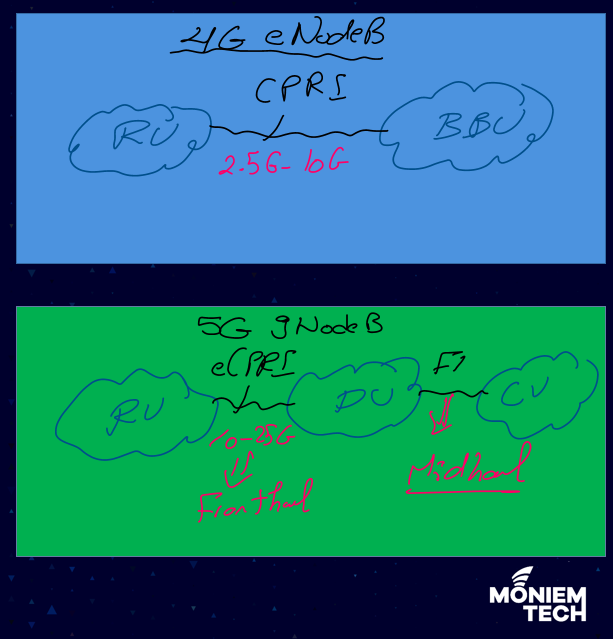
As per Statista, The number of global unique mobile subscribers is expected to grow by 160 million from 5.7 billion subscribers in 2020 to 5.86 billion in 2025 and this […]
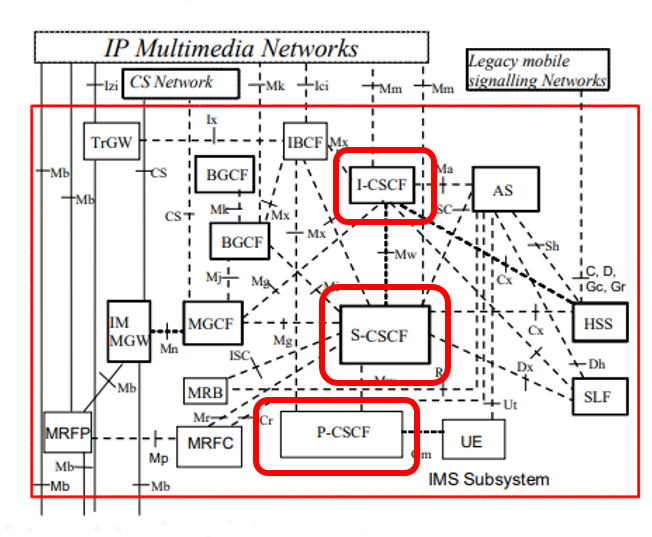
Voice over LTE, or VoLTE is a GSMA profile of the standards defined for the delivery of services currently provided via Circuit Switch networks – mainly voice and SMS – […]
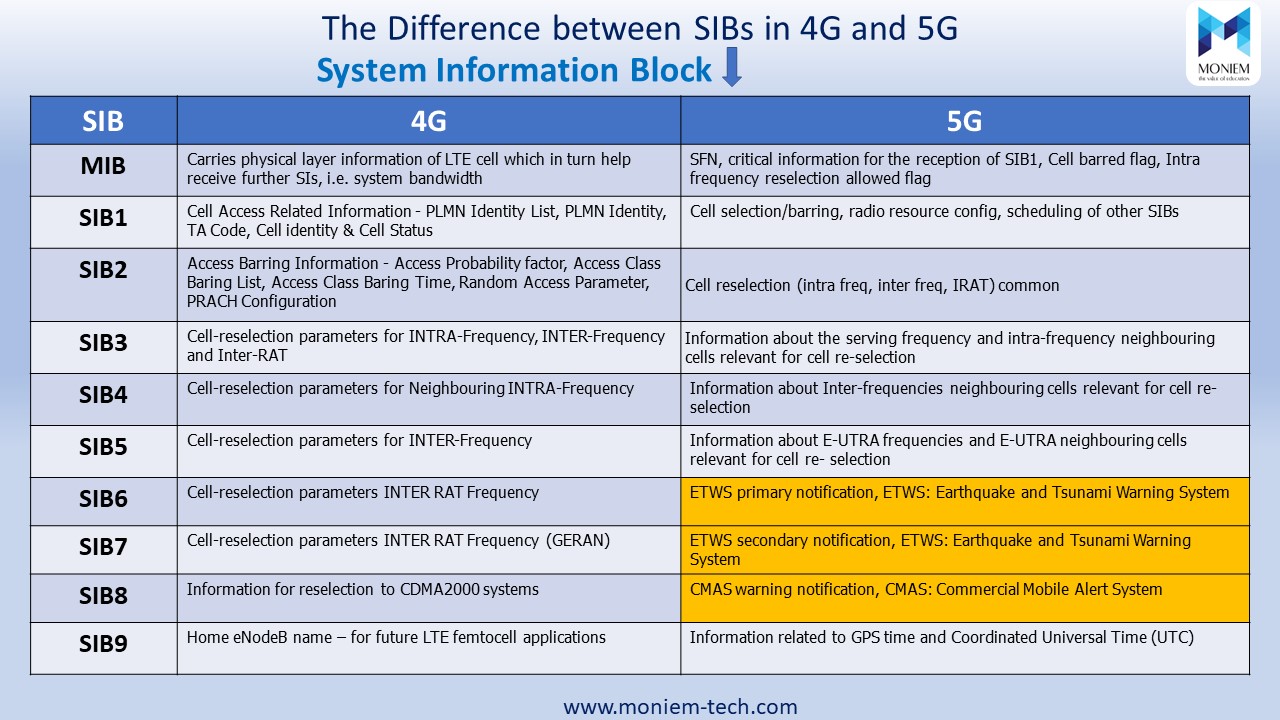
As you may know that UE can access the network if it can receive some of the System Information (SI) from the Cell (Mandatory). So Let’s understand the main difference […]
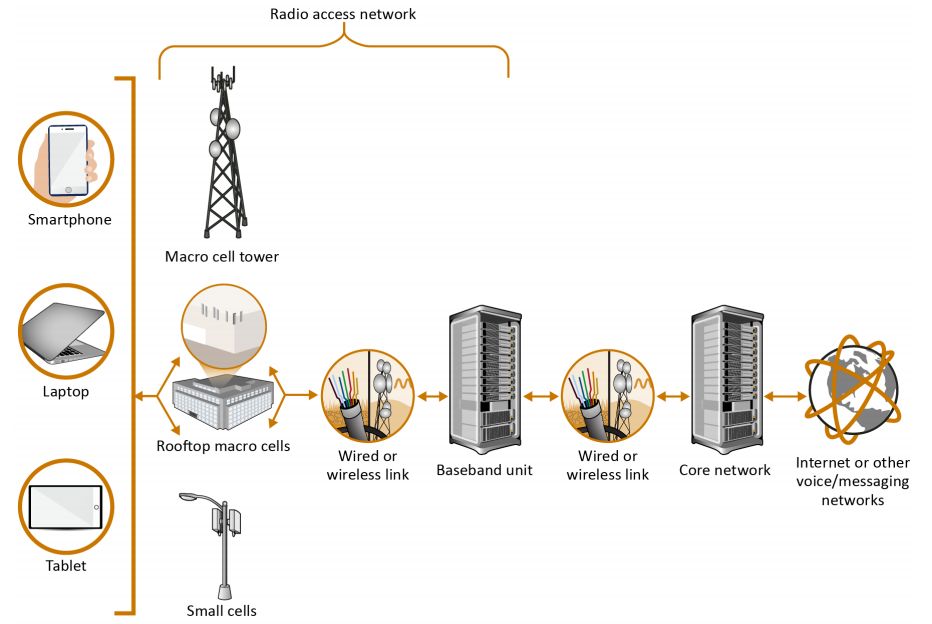
The device connects over the Radio Access Network (RAN), which defines and manages the radio link between the customer device and the rest of the network. The RAN comprises cellular […]
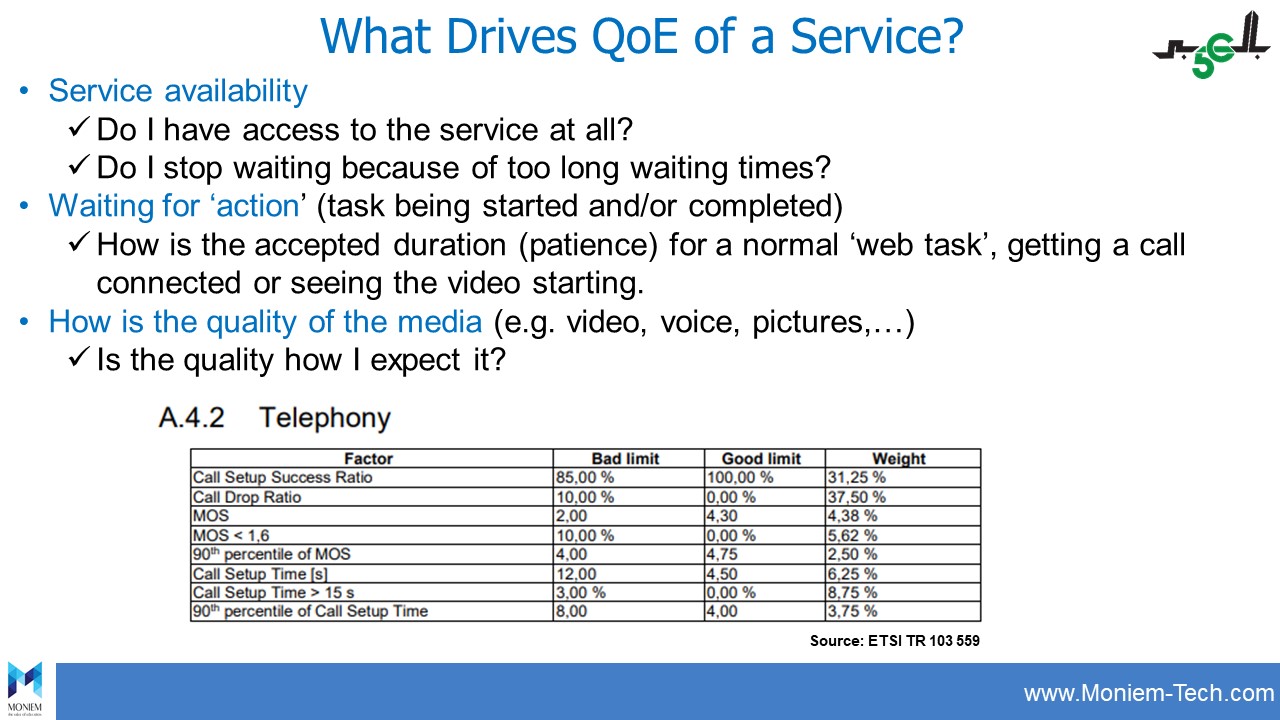
The accurate benchmarking and scoring of networks that cover large geographic areas requires careful consideration of a number of factors. These include the technology used, the extent of coverage offered, […]
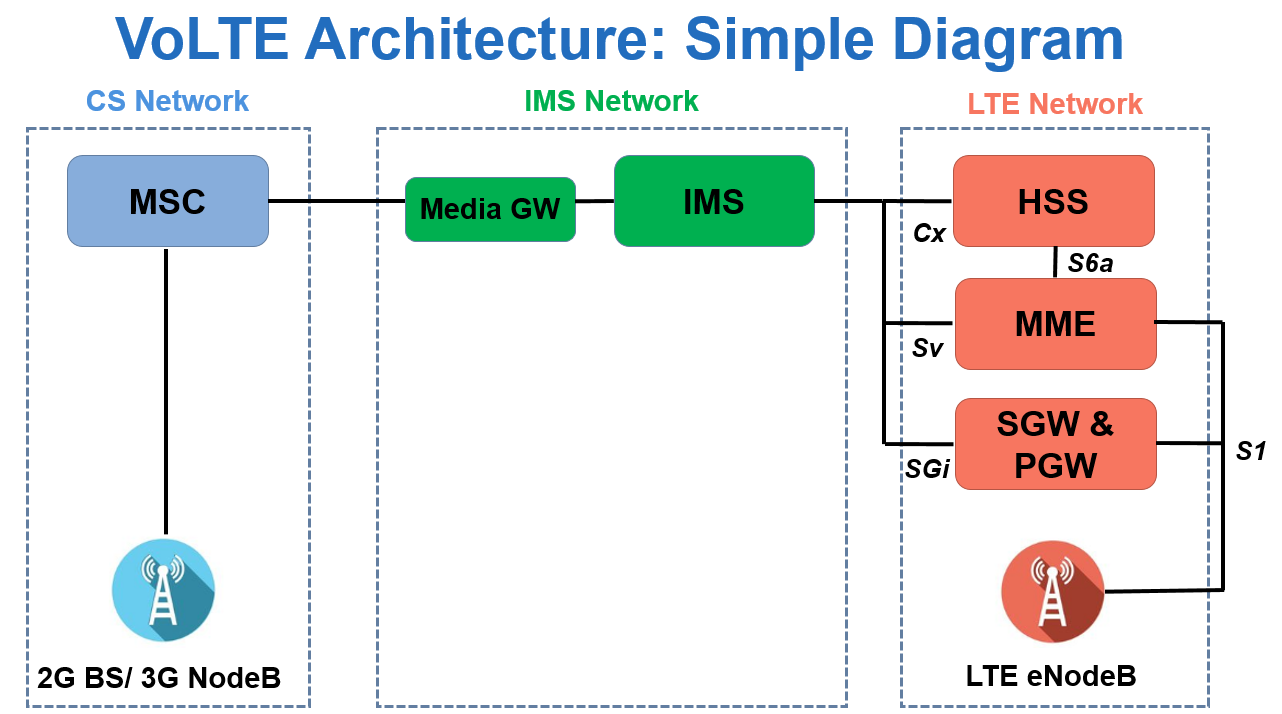
VoLTE is the all-IP method that tightly links the voice application to the LTE network to assure the best subscriber experience in terms of performance, reliability, interoperability and global roaming. […]
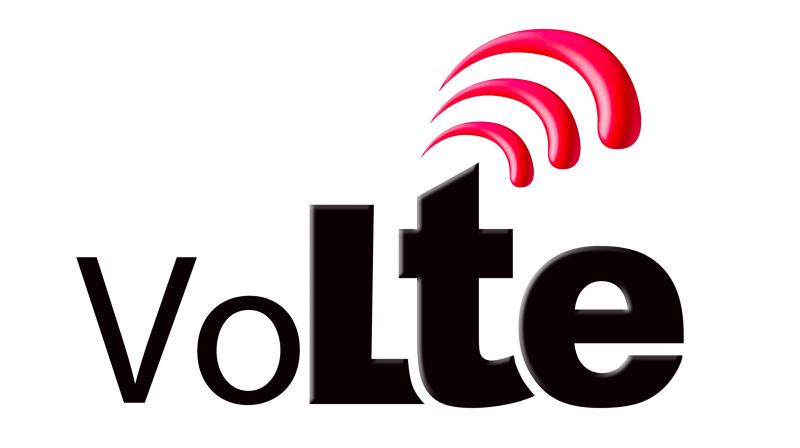
VoLTE Call Flow: Turing on the VoLTE-enabled devices (e.g., smartphones) connects it to the LTE network infrastructure. Then, two default EPS bearers are assigned – one for SIP signaling with […]

Depending on the modulation technique, each symbol stands for bits and each data point represents a different bit pattern. QPSK, 16QAM, and 64QAM are used by LTE devices to modulate […]

During RRC_CONNECTED mode, if the eNodeB decides that the UE needs to perform LTE inter-frequency and inter-RAT monitoring activities, it will provide the UE with a measurement configuration which includes […]

